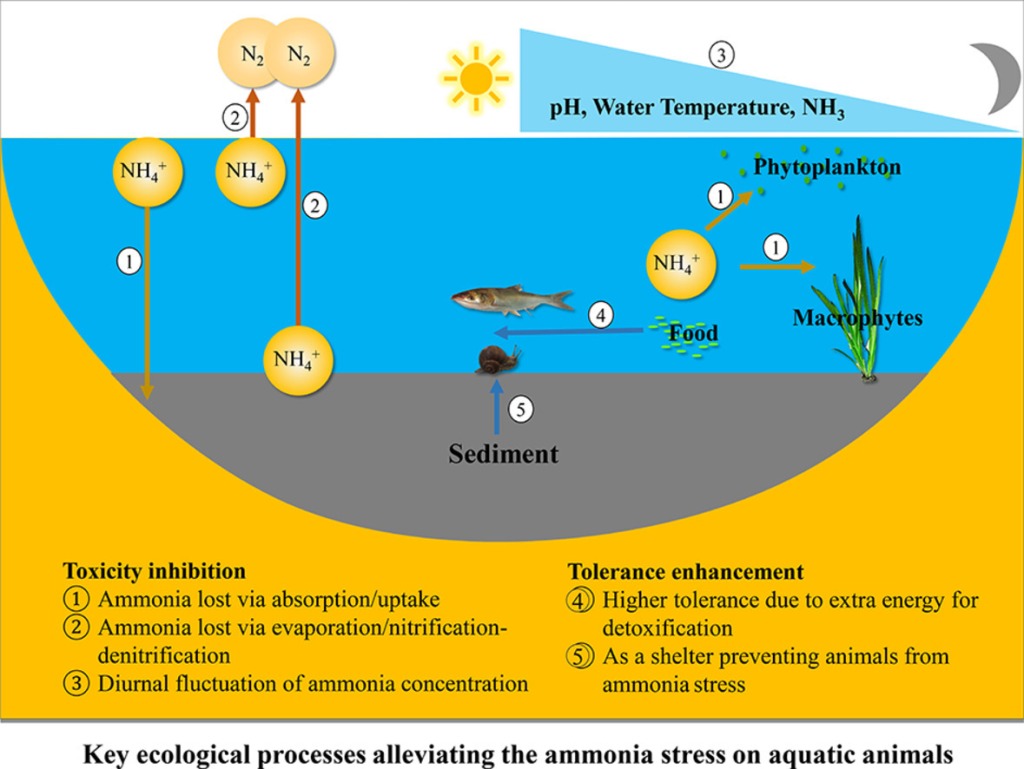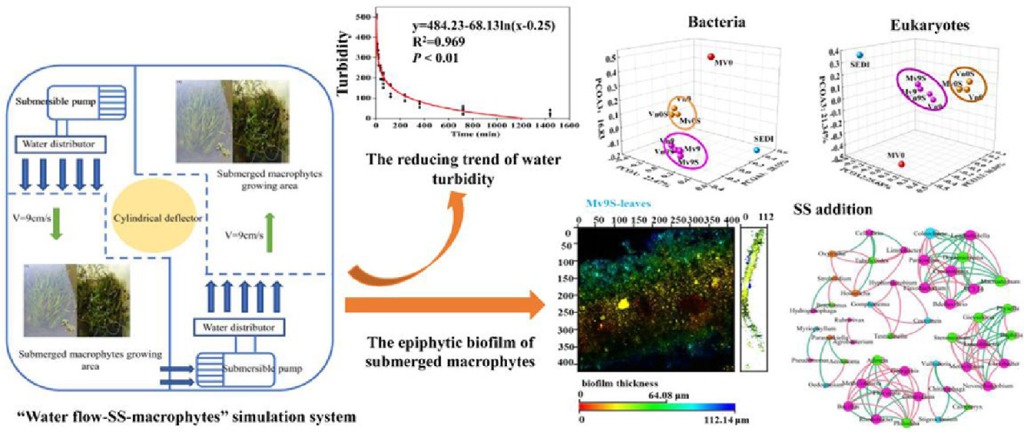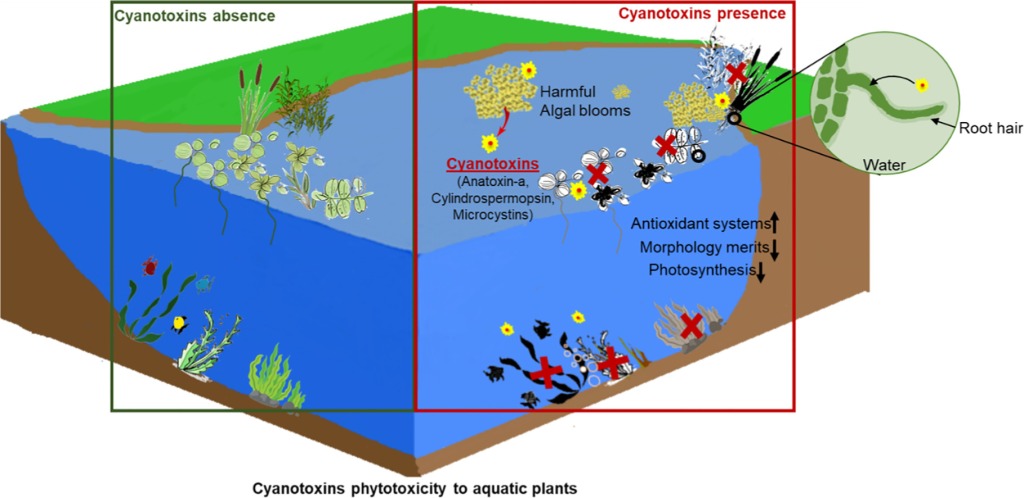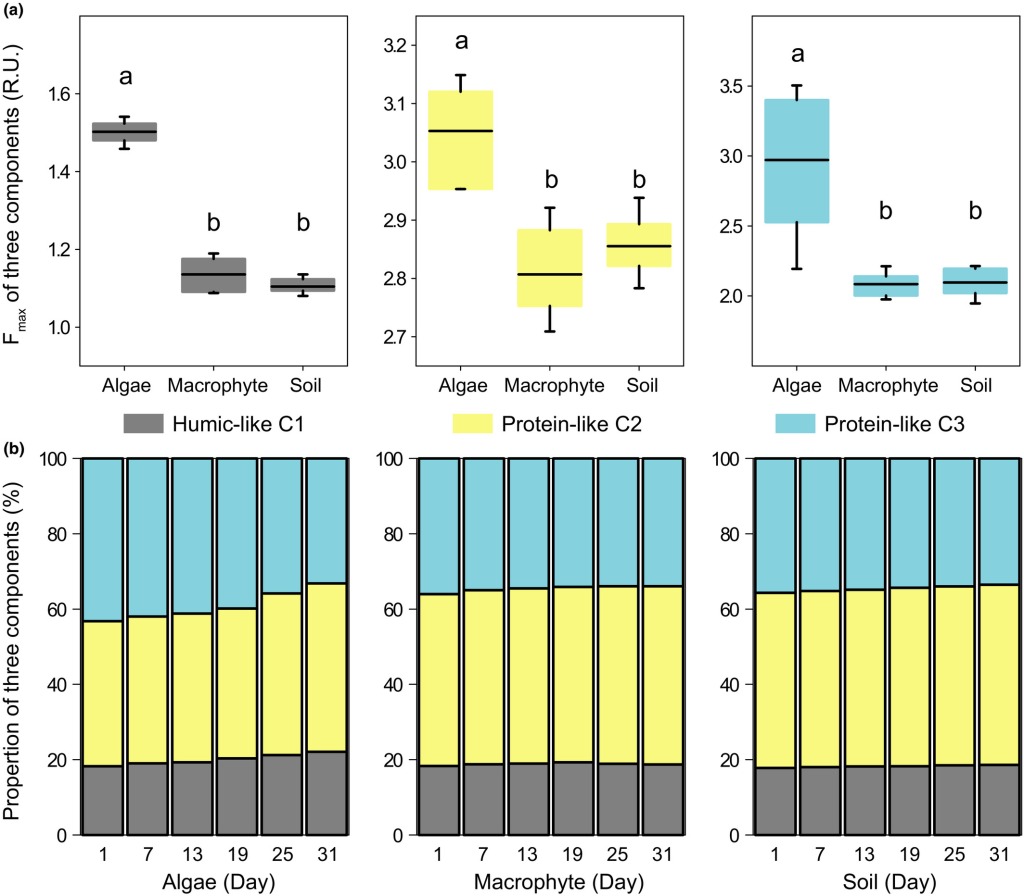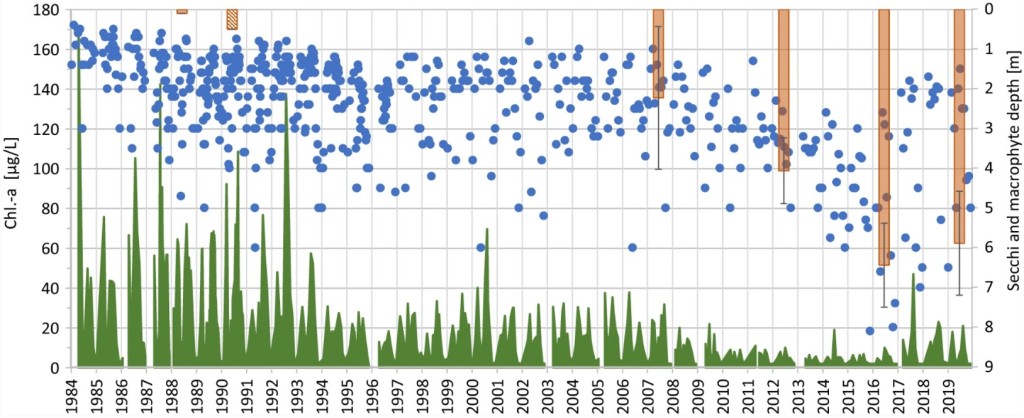
Authors
Jianglong Zhu, Yahua Li, Minghui Huang, Dong Xu, Yi Zhang, Qiaohong Zhou, Zhenbin Wu, Chuan Wang
The restoration of submerged macrophytes is an important step in lake ecosystem restoration, during which artificially assisted measures have been widely used for macrophyte recolonization. Compared with natural restoration, the impact of artificially assisted methods on methane (CH4) production and oxidation of lake sediments remains unclear. Therefore, after the restoration of submerged macrophytes in some parts of West Lake (Hangzhou, China), sediment samples from West Lake were collected according to restoration methods and plant coverage. The CH4 production potential, oxidation potential, and microbial community structure in the sediment were discussed through whole-lake sample analysis and resampling verification from typical lake areas. From the analysis of the whole lake, the average daily CH4 production potential (ADP) of artificially restored lake areas (0.12 μg g−1 d−1) was significantly lower than that of the naturally restored lake areas (0.52 μg g−1 d−1). From the resampling analysis of typical lake areas, the ADP of naturally restored lake areas was 1.8 times that of artificially restored lake areas (P < 0.01). Although there was no significant difference in the CH4 oxidation potential between the two restoration methods, the presence of submerged macrophytes significantly increased the abundance of the dominant methanotroph Methylocaldum in the sediment, and the rate of increase in the abundance of the dominant methanotroph Methylosinus was significantly higher in artificially assisted restoration than in natural restoration. This study revealed that the artificially assisted restoration of submerged macrophytes reduced the potential for CH4 production and increased the abundance of dominant methanotrophs in the lake sediment, which would be beneficial for the reduction of CH4 emissions during lake ecological restoration and environmental management.


